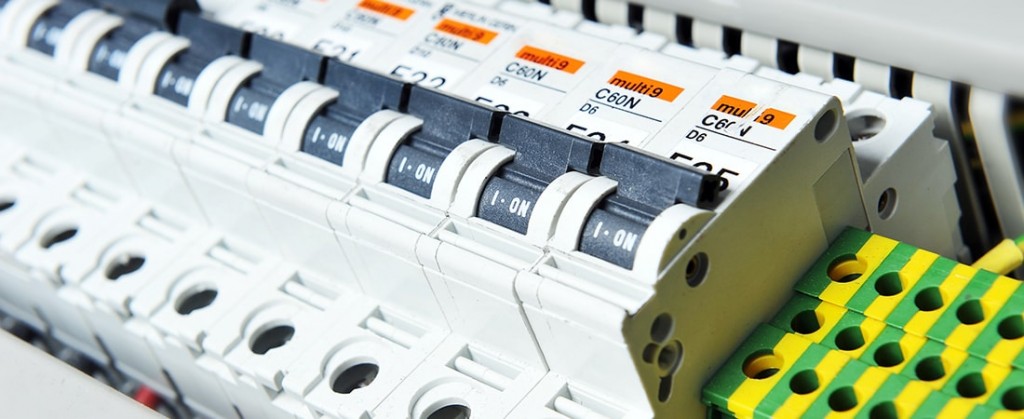Advertising
Everything you need to know about RCD Protection
-
Our daily lives revolve around electrical gadgets such as laptops, cell phones, tablets, etc. While electricity has had a multitude of positive influences, it has made our lives infinitely easier but it is something to be wary of.
Electricity can be potentially hazardous if not dealt with cautiously. Electrocution is a very real threat, as is short-circuiting. In order to fully harness the beneficial aspects of electricity, some measures ought to be adopted to ensure our safety, such as RCD installation.

What is RCD?
An RCD refers to a residual current device which is a potentially lifesaving device. It is attached to electrical appliances to prevent and reduce the risk of electrocution through contact with a bare wire or any other live part.
RCDs also offer a limited form of protection against fires caused by short-circuiting or other faults in wires. They offer a level of protection more advanced than ordinary fuses and circuit breakers.
How does an RCD protect users?
An RCD serves to protect users against the risk of electrocution. An RCD does its job by continuous monitoring of the pathways of current. That is to say, it ensures that currently passes only through passages it is meant to. If due to some fault in wirings such as exposed wires or faulty wires, current begins to flow through any other medium such as if a current begins to flow through a person who has accidentally come into contact with live wires, the RCD switches of the current quickly and thus significantly reduces the risk of injury or in extreme cases, death due to electrocution.
Due to its inherent importance, RCD testing should be performed regularly to ensure optimum working condition.
Types of RCDs.
RCDs have variations which have been outlined below:
- Fixed RCDs
A fixed RCD offers the highest level of protection. This is because it serves to protect all the wiring as well as sockets that are present in a circuit, as well as any connected appliances. Fixed RCDs are installed in the fuse box, also known as consumer unit. They are used to provide protection to both individual circuits as well as groups of circuits.
- Socket-outlet RCDs
These are simply installed in place of a normal socket. The socket-outlet RCD provides protection to the person in contact with whatever equipment is being operated through the said socket.
- Portable RCDs
A portable RCD is first plugged into a socket and the leader of the equipment is then connected to electricity through the portable RCD. Once again, this type of RCD provides protection solely to the person operating and in contact with the equipment.
Measures that ensure optimum protection through the use of RCDs
RCDs are of course man-made, and with any man-made equipment, comes the risk of malfunction and/or failure. However, research suggests that RCDs are about 97% reliable.
Installation of fixed RCDs is the safest bet in order to protect people against the risk of electrocution in both home and office environments. However, mere installation does not in any way imply that one becomes reckless in the use of electrical appliances and electrical wiring. Caution should always be employed while in contact with electricity.
Always ensure that the electrician being employed for such an important task should be properly certified and trained. Only reputable organizations with verifiable credentials ought to be contacted. While they may cost a little extra, this should be viewed as an invaluable investment for our health and safety.
Furthermore, the importance of regular maintenance and testing cannot be stressed enough. Pursuant to installation, RCD testing should be regularly performed to ensure optimum working condition.


